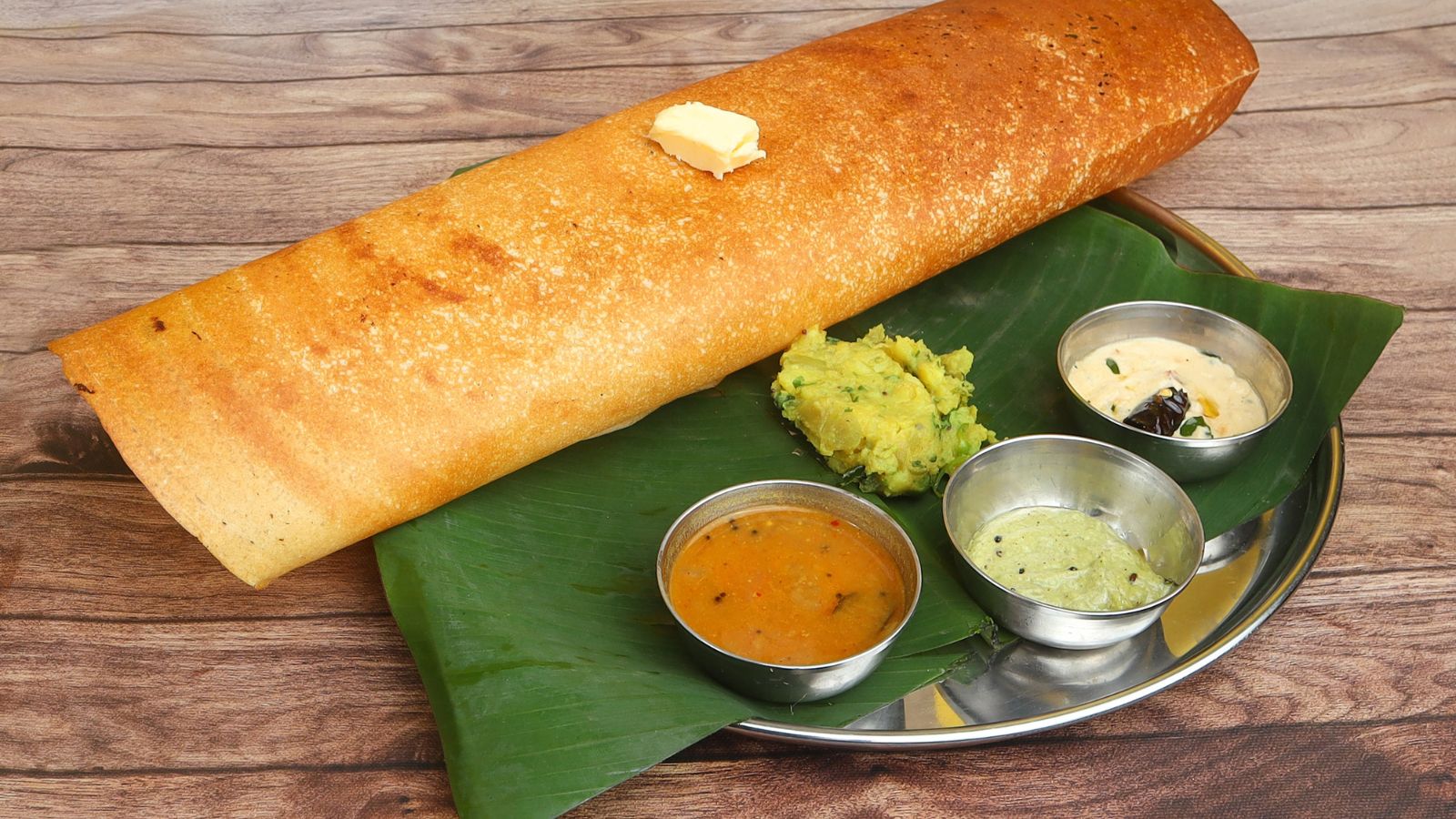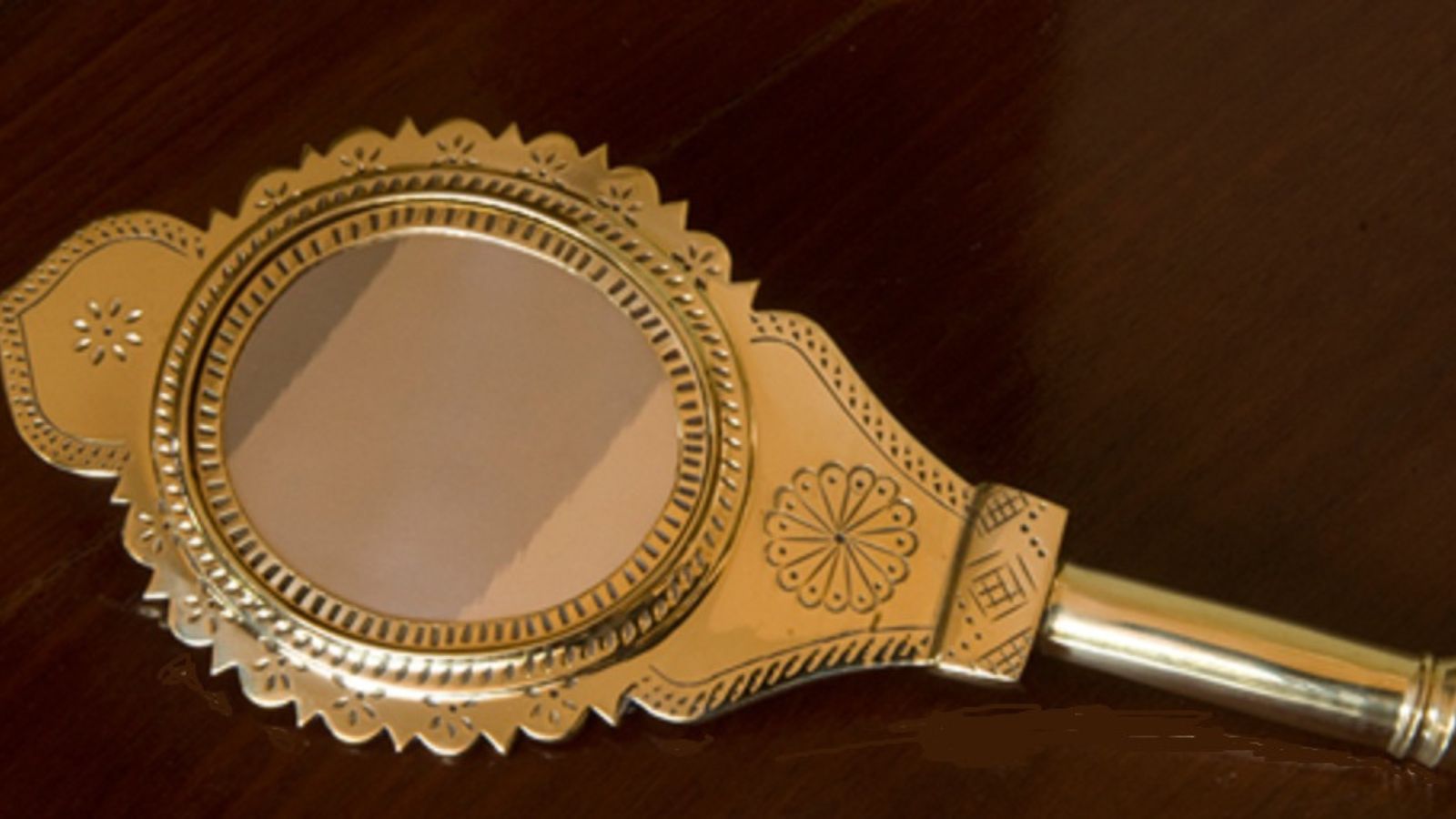Many Indians refer to their breakfast or evening snack as ‘tiffin.’ However, did you know this word originally meant a ‘light midday meal’? Even dictionaries reflect this definition.
In the late 18th century, British settlers in India struggled with the oppressive heat. They found the traditional lunch too heavy, and preferred something lighter and more refreshing during the day. This new practice needed a name, and they borrowed the term ‘tiff,’ a slang word meaning ‘to sip’ or ‘to take a small drink.’ Soon, tiffing became part of their daily routine as a respite from the sweltering weather.
Over time, the practice of tiffing evolved to signify not just a light meal but a cultural blend of British and Indian traditions. While the term originated with the British, the contents of a tiffin often included local Indian dishes, creating a unique fusion. The word ‘tiffin’ is also used as a name for a lunchbox. This stackable, multi-tiered container allows people to carry multiple dishes efficiently.
Whether it’s a quick breakfast, a packed lunch or an evening snack, tiffin has become an integral part of Indian food culture. It continues to be a cherished tradition, offering a refreshing break in the midst of busy modern life.




2 thoughts on “Tiffin: A light meal with a rich history”
Tiffin: A Light Meal with a Rich History… good read this is… Was just wondering how do you get to know these informations for your stories!!! Indeed, you have good team in your research to find all these insides…
Great job, please keep this going and looking forward for your next piece…
Thank you, Unmesh. As of now, it’s only me who is doing the research, writing. This is something I love wholeheartedly. There’s a lot to be explored around us, in India.